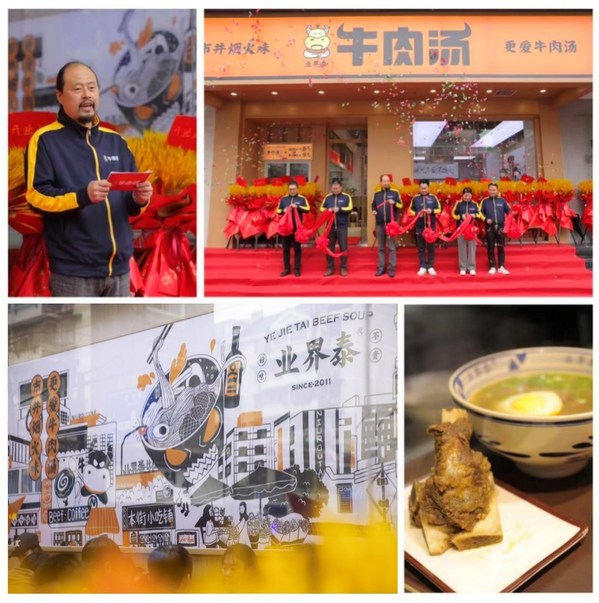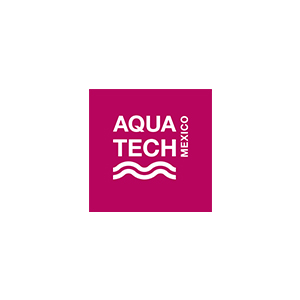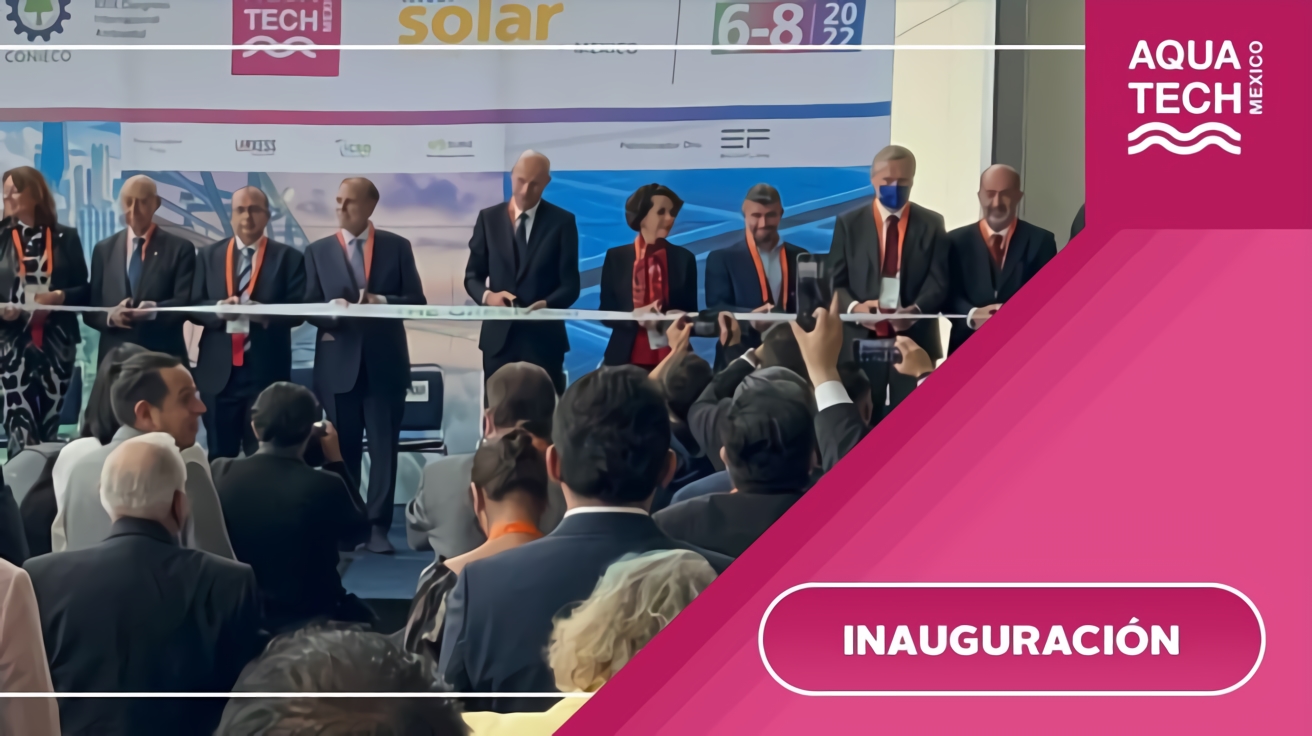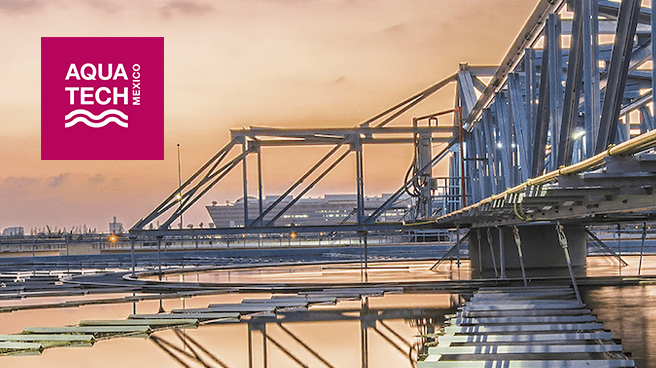As part of its South-to-North Water Diversion Project, China is building an 870-mile long open canal to pump surplus water from the south to the dry north.
Meanwhile, in the US, a new 380-ton tunnel boring machine is helping a wastewater project in West Virginia. Aquatech Online digs up the dirt on these two projects to see if there is light at the end of the tunnel.
50 years in making
China, as part of its South-to-North Water Diversion Project, China has initiated building an 870-mile-long open canal to pump surplus water from the south to the dry north.
The project is by no means a new story having been proposed five decades ago but recent developments are certainly notable.
The southern parts of China have a water surplus, while the north of the country faces severe water shortages. The water diversion aims to make water accessible to arid areas.
Already the project has sent 54 billion cubic meters of water from the Yangtze River to northern China, when part of the tunnel became operational back in 2014.
“China says it would take an estimated 10 years to complete and cost USD 8.9 billion to dig.”
However, recent developments a new tunnel project to boost its food production by carrying water from the Three Gorges Dam to Beijing.
China aims to drain water from the Three Gorges Dam to the Han River, a feeder of the Yangtze River.
Called the Yinjiangbuhan tunnel, China says it would take an estimated 10 years to complete and cost USD 8.9 billion (60 billion yuan) to dig.
Water from the dam will be sent to the Danjiangkou reservoir at the lower spreads of the Han through the Yinjiangbuhan tunnel, a large open canal.
Why is the Yinjiangbuhan tunnel important?
China's annual food production is currently the largest in the world, producing 727 million tons to feed a population of 1.4 billion.
As well as boosting the economy it could turn China into a global superpower in food production.
The project is expected to turn nearly 290,000 square miles of wasteland roughly the size of Chile, into farmable land that China can use to grow wheat, rice and many other crops.
“High pressures in deep rocks, active fault lines, and flooding are just three of the many challenges this project will need to overcome.”
In theory, the Yinjiangbuhan tunnel could boost China's annual food output by 595 million tons - equal to the amount of food the U.S. currently produces.
However, while this project boasts incredible numbers, the environmental impact of this project is yet to be revealed.
First proposed in 1952, the South-North Water Diversion Project has received various criticisms since its start.
To make this happen, China will have to battle some of the planet's toughest terrain to get this project to completion.
High pressures in deep rocks, active fault lines, and flooding are just three of the many challenges this project will need to overcome.
Country roads take TBM to a new home
Across the Pacific Ocean, a wastewater project on a smaller scale than China's tunnelling project has acquired a new 380-ton tunnel boring machine (TBM).
Called “Hazel,” the TBM is part of the RiverRenew programme, managed by Alexandria Renew Enterprises (AlexRenew), to improve local waterways.
“It’s a huge step forward in our commitment to deliver healthier waterways by 2025," said Karen Pallansch, AlexRenew general manager in a statement.
The arrival of the TBM is significant to meeting a state-mandated deadline to remediate combined sewer overflows by July 1, 2025.
“It’s a huge step forward in our commitment to deliver healthier waterways by 2025.”
Once lowered more than 100 feet below ground, Hazel will begin to build the new two-mile waterfront tunnel on a journey calculated to take over a year to complete.
The RiverRenew tunnel system will prevent over 120 million gallons of combined sewage from polluting the Potomac River, Hunting Creek, and Hooffs Run each year, say AlexRenew.
Since the 14th century, TBMs have been named before planned tunnelling projects in honour of Saint Barbara, the patron saint of engineers.
West Virginia's TBM was named after Hazel Johnson, an American pioneer for environmental justice who dedicated her life to fixing ecological issues.
 Pages you might like
Pages you might like
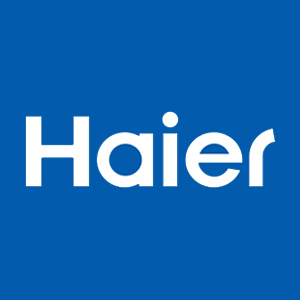

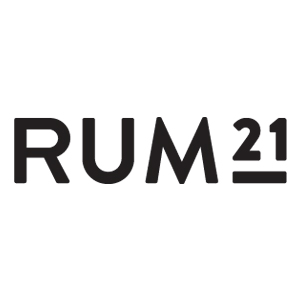





 Exhibitions you may be interested in
Exhibitions you may be interested in
 Latest information
Latest information
 Follow official account
Follow official account
 Online support
Online support
 鄂ICP备2022017323号
鄂ICP备2022017323号
 鄂公网安备 42018502006493
鄂公网安备 42018502006493
 Launch Exhibition
Launch Exhibition
 Release information
Release information



 Today's topic
Today's topic

